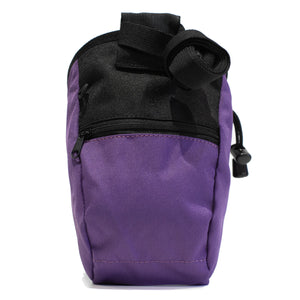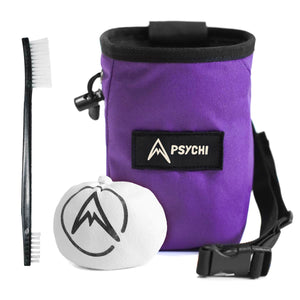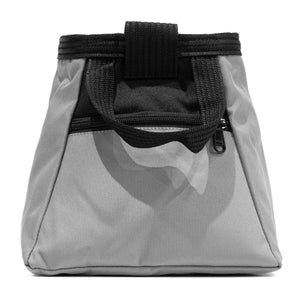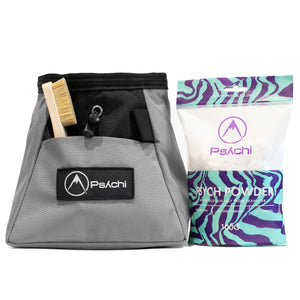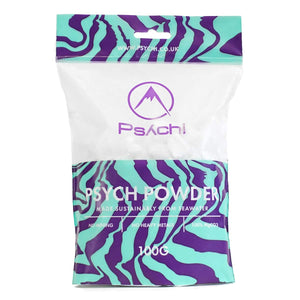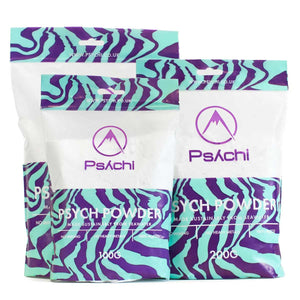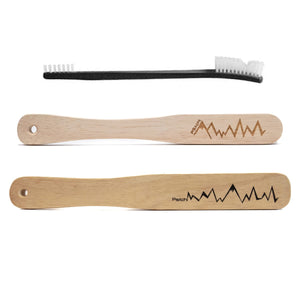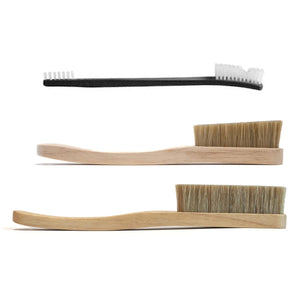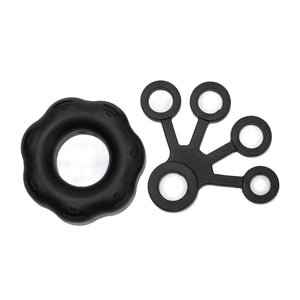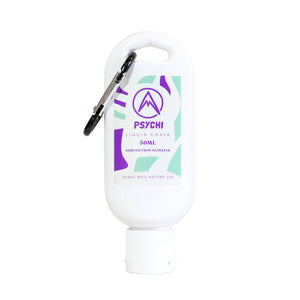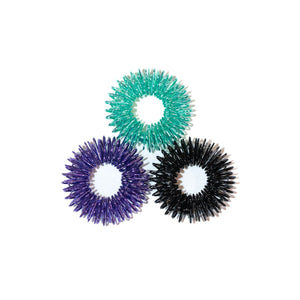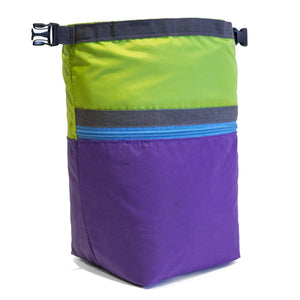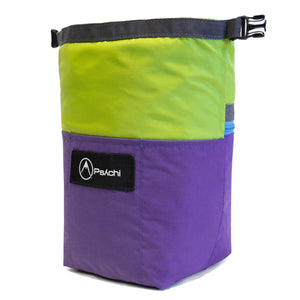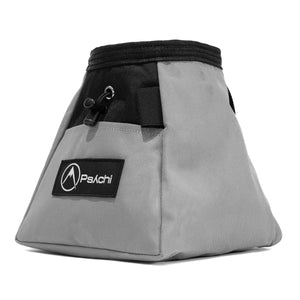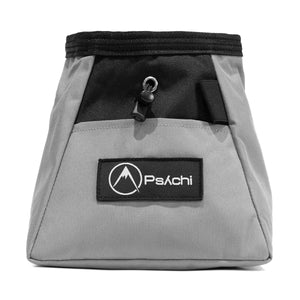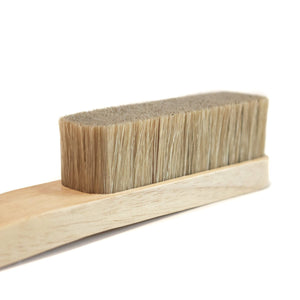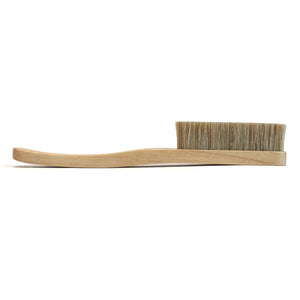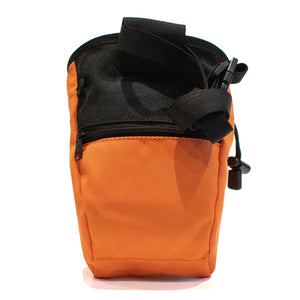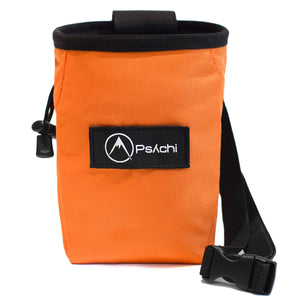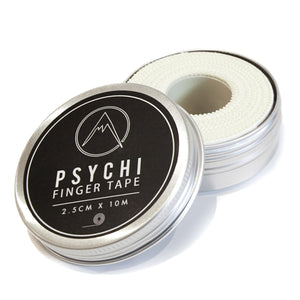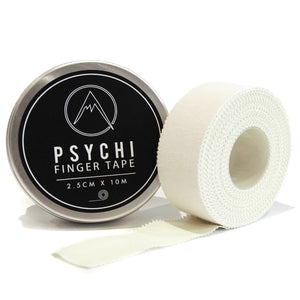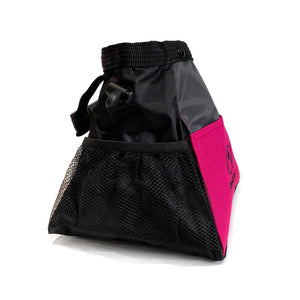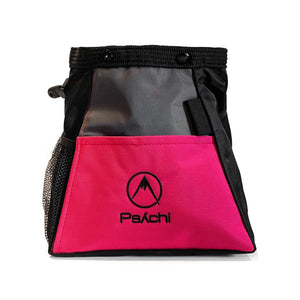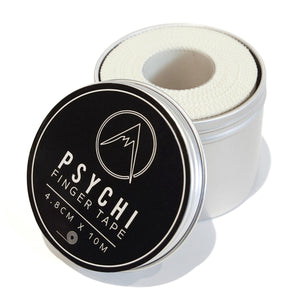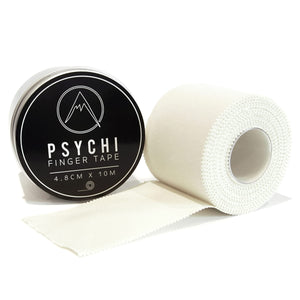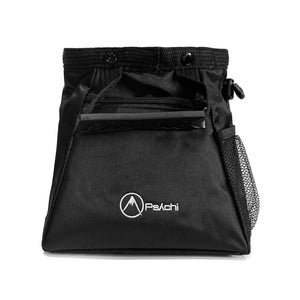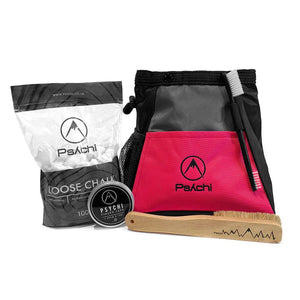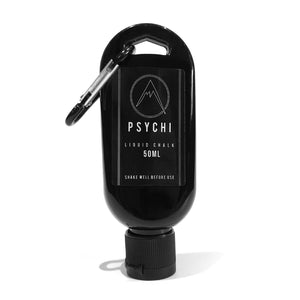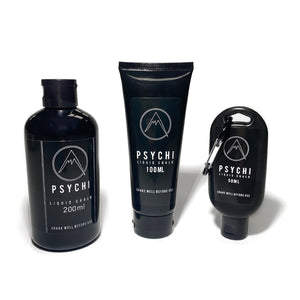5 FUN TIPS ON TRAINING FOR INDOOR CLIMBING
When you’re new to climbing, the prospect of training can be daunting. You see the people who have been at the centre a while on the training area, doing endless pull ups and folding themselves in ways you didn’t think you could whilst hanging by their finger-tips, you know; serious fun. Training may get more elaborate as you progress, but it doesn’t start out that way. Don’t run before one can walk as they say, and it’s pretty good advice. In this article, I’ll talk about the things that helped me get stronger and fitter when I was starting out; and while I am by no means academically qualified, I have picked up my knowledge over the years of climbing through experience, researching and learning from other climbers and athletes. So, you’ve been at your local wall for, let’s say, a couple of weeks now; you’ve decided that climbing is where you want to be for the foreseeable future and you want to start pushing grades, great! Maybe you’ve already got some physical strength behind you, maybe not as much but that’s cool, we all start somewhere. In the beginning there will be certain exercises that you may want to avoid, such as, campussing (arms only climbing) and fingerboard training; those exercises require a base level of fitness and can cause unnecessary pain and injury if not approached responsibly. Hopefully, though, with a bit of time and perseverance, you’ll get there!
GETTING WARM AND COOLING OFF.
Much of your climbing session and progression hinges on an effective warm up and cool down, plain and simple. Warming up before you start climbing or training and warming down afterwards is key. Warming up increases your heart rate, which helps your vascular system to move oxygen around the body quicker and more efficiently. Stretching before you get on the wall will also improve flexibility as well as dexterity. Basically, you just work better when you’re not starting out cold. Warming down helps your heart rate reduce at a controlled rate, helping your muscles relax but not cramp up from a lack of oxygen and its pretty much the same exercises as your warm up. Your warm up will evolve over time and become more involved or focussed on specific areas, depending on what you’re training. To begin with though, a balance of stretching and cardio is a good place to start. If your centre has a skipping rope (you can get one for a couple of pounds online), that’s a great place to start but if not then star jumps and jogging a couple of laps around your centre is just as effective for getting the blood pumping. Stretching is equally important, without stretching you would come away from the session stiff and sore, getting those muscles nice and loose is a must if you want to get the most out of your session. Have a look and see what others are doing for their warm up routine. Remember, you don’t need to be a yoga master to get ready for a session, tricep/shoulder stretches, toe touches and back turns are a good starting point.
FINGER DISCIPLINE.
Want to be able to reach for a thin, tip of your finger hold or a big frictionless hold and not come pinging off the wall? Finger discipline is a great routine to fall into when you’re starting out, it could even be considered as part of your warm up. Taking ten minutes to get on easy holds and traversing around has its own benefits; it helps you to continue stretching all your major muscle groups and increasing your heart rate to its optimal exercising rate, it’s helping your fingers get warmed up and preparing you for the main portion of your session. In the early days of your climbing life, this is an important foundation level of strength for progressing on to harder grades and smaller holds, not only this but your forearms will thank you in the long run as increased endurance reduces the levels of lactic acid build-up (pump) in muscles; this means you can climb harder for longer before needing to rest. In time, when you’re feeling fully confident in your finger strength, you can make the leap (well, not literally) to campus rungs and finger boards. I’ve seen a few people come away from training areas more worse for wear than they went in because they didn’t have the experience or fitness levels required to safely use the equipment, it’s better to be safe than sorry.
FANCY FEET KEEP IT NEAT.
We’ve all been there, at the beginning of our climbing lives and watching the seasoned regulars ghost gracefully around a problem like it was nothing or twist themselves into positions not thought possible. It’s all down to footwork and practice. Repetition is key here, forgetting what your hands are doing and focussing on your legs and feet. Your feet are just as important as your hands and knowing where and how to place your feet onto holds, volumes (large shaped features) or the wall is integral to progression and pushing grades, it’s an ongoing process; the more you practice and learn, the more refined your moves will become. From simply stepping on to the wall to heel hooking, placement matters and just like finger discipline, it’s better to get into the habit earlier than later, sure it may take you a bit longer to get that project on the next grade up but when you do get it, you’ll be cruising like a veteran, not rushing or struggling while your strength reserves rapidly deplete.
PLAY GAMES, ALL SORTS.
“It’s time to get serious!”. Actually, it isn’t. Early on, you want to be having as much fun as possible at the wall, it’s new, so why not? In fact, you need to be having fun with climbing regardless. Climbing games are a great way to meet people and make friends at the wall, you’ll find that generally people at the climbing centre are laid back and always up for a chat or a game of add-ons. If you’ve got a group together already, then you’re good to go. Climbing games are more than fun, they get you strong, they help improve footwork and who doesn’t like a bit of healthy competition between friends? Bear in mind that they take a bit of effort to play so make sure you’ve had a rest or have this as the core part of your session. Here are a few games you can try with as little as two players:- Add-ons – This game is pretty straightforward, pick a quiet area of climbing wall; each player gets three lives and the objective of the game is to create a climbing problem by taking turns to add a move on until all players are “out”. If you make a move, you have to hold it for three seconds to show that you can. You lose a life if you can’t make the move added by the last player and when you lose all your lives, you’re out. This game is excellent for endurance and learning new and more complex moves and retaining muscle memory. Plus, it’s great for finger and skin conditioning.
- Ninja –This is best played on an inclined slab or vertical wall as it involves careful movements and holding positions for longer. Ninja is a game of stealth and balance. The rules from add-ons apply, three lives and add a move each turn but you must make foot placements with no discernible sound. Each time a player steps on, somebody will stand a metre away and If their foot bangs the wall or they scrape their shoes against the wall, they lose a life. Silence is the key. Want to improve climbing stamina, footwork and make your climbing moves more solid and refined? This is your game.
- Slings – One for team building and communication. Pair up with somebody and with a sling or a length of rope (about 1 metre), tie a knot in each end and place the knotted end in yours and your buddies pocket and traverse a blank stretch of wall using communication to stop the rope from falling out of your pockets, if it does, start over.
These are just three examples of the many games you can play at a climbing wall, even Twister can be played! There is a wealth of resources available online to help you get ideas for keeping your early climbing sessions fun, social and busy.
KEEN? PROTEIN!
Sore for days after climbing but want to get back on the wall? No worries, protein has you covered! Protein, in a nutshell is muscle food, it gives your body the right energy to help repair your muscles after an intense climbing session. While you are up and down on the walls, your muscles are experiencing quite a lot, being stretched and pulled and developing micro-tears; but don’t worry this is good. This is your body getting stronger, your muscles becoming denser and more defined. At the end of your session, try to have a good amount of protein, be that from food or a shake. This will help your muscles recover faster and heal stronger, the sooner after your session you do this the better as there is a period of up to an hour after exercise (called the metabolic window) where the body utilises carbohydrates, protein and minerals most efficiently. Make sure if you are buying protein powder you are buying ‘lean’ or ‘diet’ formula, bulking up can limit range of motion and you need to be as free to move as possible. *** In a time where everything can be monitored or tracked, our health still just boils down to the basic facts of human physiology; eat right, exercise and stay hydrated, that’s a good start. Spending the last few years climbing has made me learn a lot about fitness, discipline and dedication, I’ve broken through boundaries that I never thought I could. I remember in my first week watching two guys cruising the hardest grades at my local climbing centre and thinking I would never be at that point. It took a few years to learn the things I’ve talked about but after applying this knowledge and sticking to it; I noticed my fitness improve and my footwork become more accurate and refined. Climbing, in essence, is the simplest of things; go up. The real challenge is learning to adapt, thinking outside of the box and having the strength to keep yourself going. If you’re brand new to climbing and you are reading this, then welcome! It’ll be a hard slog but it’s serious fun!
By Gerard Savage-West

